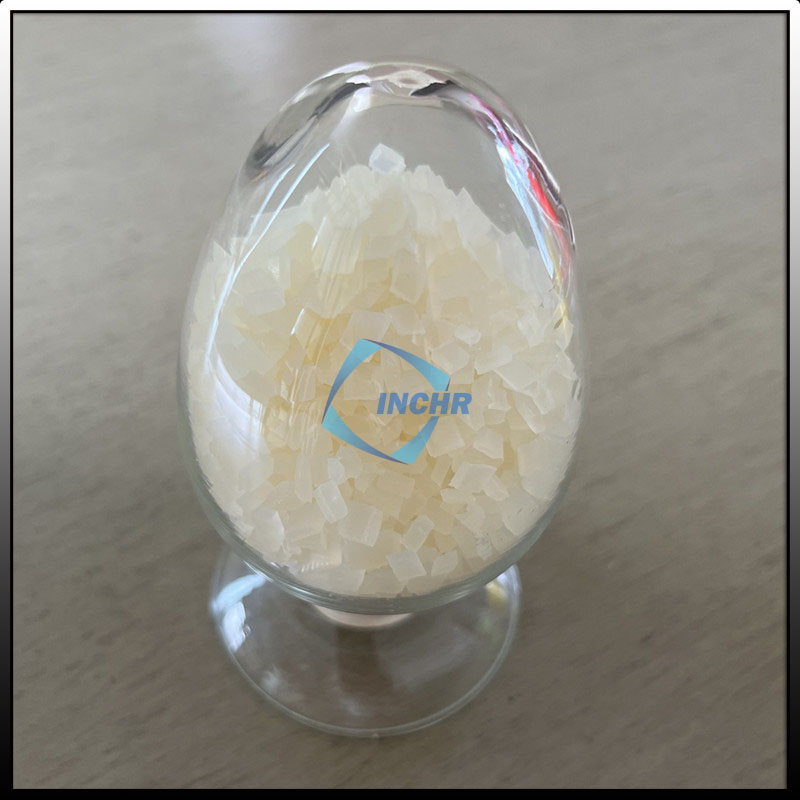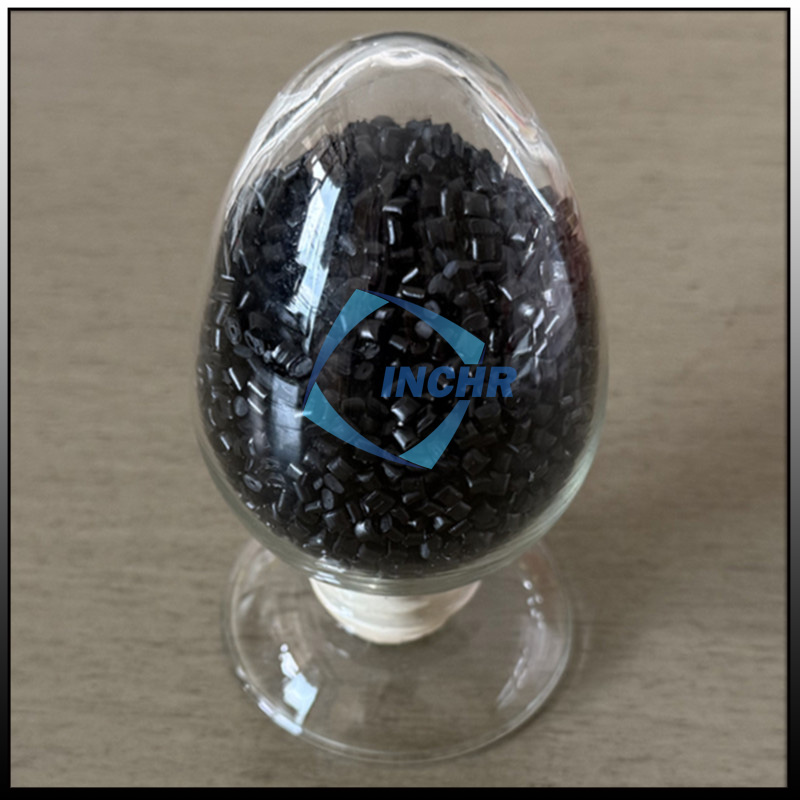Static electricity might seem like a minor nuisance when you get a shock from a doorknob, but in industrial and manufacturing settings, it’s a serious problem. Uncontrolled static discharge can damage sensitive electronics, cause dust attraction leading to poor product quality, create hazardous sparks in flammable environments, and disrupt automated processes. This is where anti static additives become essential. This guide explains what they are, how they work, their different types, and where they’re used.

How Do Anti Static Additives Work?
Anti static additives function by modifying the electrical properties of the material they are incorporated into, primarily reducing its surface resistivity. This allows static charges to dissipate safely and gradually rather than building up to dangerous levels. Here’s the basic science:
Migration: Most anti static additives are designed to be slightly incompatible with the host material (like plastic). Over time, they migrate (“bloom”) to the surface.
Moisture Attraction: Once on the surface, these additives possess hydrophilic (water-attracting) properties. They attract a microscopic layer of moisture from the surrounding air.
Conduction: This thin layer of water acts as a conductive pathway on the material’s surface.
Dissipation: Static charges generated on the material can now flow across this conductive moisture layer, neutralizing themselves safely and preventing dangerous build-up or sudden discharge (ESD – Electrostatic Discharge).
Key Types of Anti Static Additives
Anti static additives are broadly categorized based on their application method and chemical nature:
Internal Additives (Permanent / Migratory):
How Applied: Incorporated directly into the material (most commonly plastic resin) during compounding or processing (e.g., extrusion, injection molding).
Mechanism: Primarily migratory (as described above). They continuously replenish the surface layer as it wears or is cleaned.
Common Chemistries:
Ethoxylated Amines: Highly effective, widely used in polyolefins (PP, PE), fast-acting. Can sometimes cause issues like plate-out or affect clarity.
Glycerol Esters (e.g., Glycerol Monostearate – GMS): Common, cost-effective, widely used in PVC, PS, ABS. Good compatibility, but effectiveness can be humidity-dependent.
Quaternary Ammonium Compounds (Quats): Very effective, but often limited to lower processing temperatures due to heat sensitivity. Can be used in some polymers and coatings.
Non-Ionic Surfactants (e.g., Ethoxylated Alcohols): Generally good heat stability, less humidity dependence than some others, good for applications needing clarity.
Conductive Fillers (e.g., Carbon Black, Metal Fibers, Conductive Polymers): Provide permanent conductivity throughout the bulk material, not just surface. Used for applications needing very low resistivity (e.g., EMI shielding). Not strictly “additives” in the same way but serve the anti-static/conductive purpose.
External Additives (Temporary):
How Applied: Sprayed, wiped, or coated onto the surface of the finished product.
Mechanism: Create an immediate conductive layer on the surface.
Common Chemistries: Topical sprays, wipes, or coatings containing surfactants or conductive agents.
Pros: Quick, easy application.
Cons: Effect is temporary, can be removed by cleaning, abrasion, or handling. Not suitable for long-term protection or parts requiring frequent washing. Can sometimes leave residues or feel sticky.
Key Uses and Applications
Anti static additives are vital across numerous industries:
Plastics & Packaging:
Preventing dust attraction on plastic containers, films, sheets, bags (especially food packaging, medical packaging).
Ensuring smooth handling and filling operations (e.g., bottles on conveyor belts).
Protecting electronic components packaged in plastic clamshells, trays, or bags (ESD-safe packaging).
Electronics Manufacturing (ESD Protection):
Workstation mats, component trays, storage bins, tools, and flooring made with anti-static additives prevent static damage to sensitive components (chips, circuit boards).
Conveyors and handling equipment components.
Automotive:
Interior plastic parts (dashboards, trim) to prevent dust accumulation.
Fuel system components (filler necks, tanks) to prevent static sparks near flammable vapors.
Under-hood components near electronics.
Textiles & Fibers:
Synthetic fibers (nylon, polyester) used in carpets, upholstery, clothing to minimize static cling and shocks.
Industrial fabrics and filters.
Industrial Goods:
Pipes and containers for flammable chemicals or powders.
Conveyor belts, hoppers, chutes handling bulk materials (e.g., grains, plastics pellets, powders) to prevent dust explosions.
Protective equipment.
Consumer Goods: Appliances, casings for electronics, furniture, toys.
Choosing the Right Anti Static Additive
Selecting the best additive depends on several factors:
Base Material: Polymer type (PP, PE, PVC, ABS, etc.) dictates compatibility.
Processing Conditions: Temperature and shear sensitivity of the additive must match the processing (e.g., extrusion, injection molding).
Required Performance Level: Desired surface resistivity (e.g., 10^9 to 10^12 ohms/sq for anti-static; lower for conductive).
Application Environment: Expected humidity levels (some additives work better in higher humidity).
Longevity Needed: Permanent internal vs. temporary external solution.
Regulatory Compliance: Food contact (FDA, EU), medical, or specific industry standards (e.g., ESD S20.20).
Aesthetics: Impact on clarity, color, or surface appearance (e.g., plate-out risk).
Cost: Budget constraints.
Conclusion
Anti static additives are indispensable tools for managing static electricity in countless industrial and consumer applications. By understanding the different types – primarily internal (migratory) vs. external (temporary) – and their working principles, manufacturers can select the optimal solution to enhance safety, improve product quality and appearance, protect sensitive electronics, and ensure smooth production processes. When choosing an additive, carefully consider the base material, processing conditions, performance requirements, and regulatory needs to achieve reliable and effective static control.
https://www.inchr-esd.com/product-category/permanent-antistatic-agent/




